Pleasure Yoga: A New Path to Sensual Aliveness
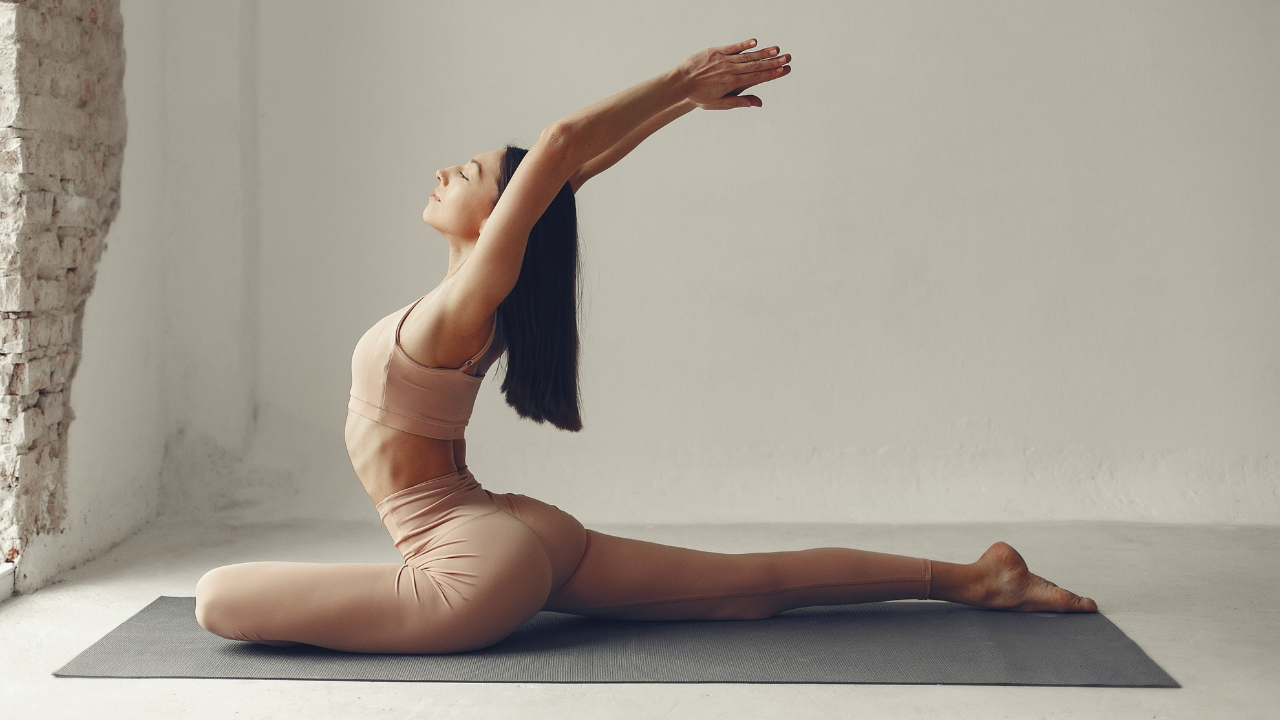
Mainstream yoga has drifted far from its original purpose. What began as a visceral, body-rooted method for awakening consciousness has become, in most studios, a physical routine focused on strength, flexibility, and external form.
But yoga wasn’t born in mirrors and fitness culture. Its earliest roots are found in the Vedic tradition, where movement, mantra, and breath were tools for refining attention. By the time it was woven into Tantric systems, yoga had become explicitly embodied, centered in sensation and the raw power of the subtle body.
By the 10th to 12th centuries, certain Tantric schools were using yoga as a pleasure-based tool. Movement and breath were used to charge the body and anchor awareness in the pelvis, womb, and sex. But during colonization and into the 20th century, yoga was re-engineered to be palatable to Western sensibilities, sanitized, athletic, and stripped of pleasure.
This article maps out what pleasure yoga actually is and how it can be practiced today.
What Is Pleasure Yoga? A Practice Rooted in Sensation
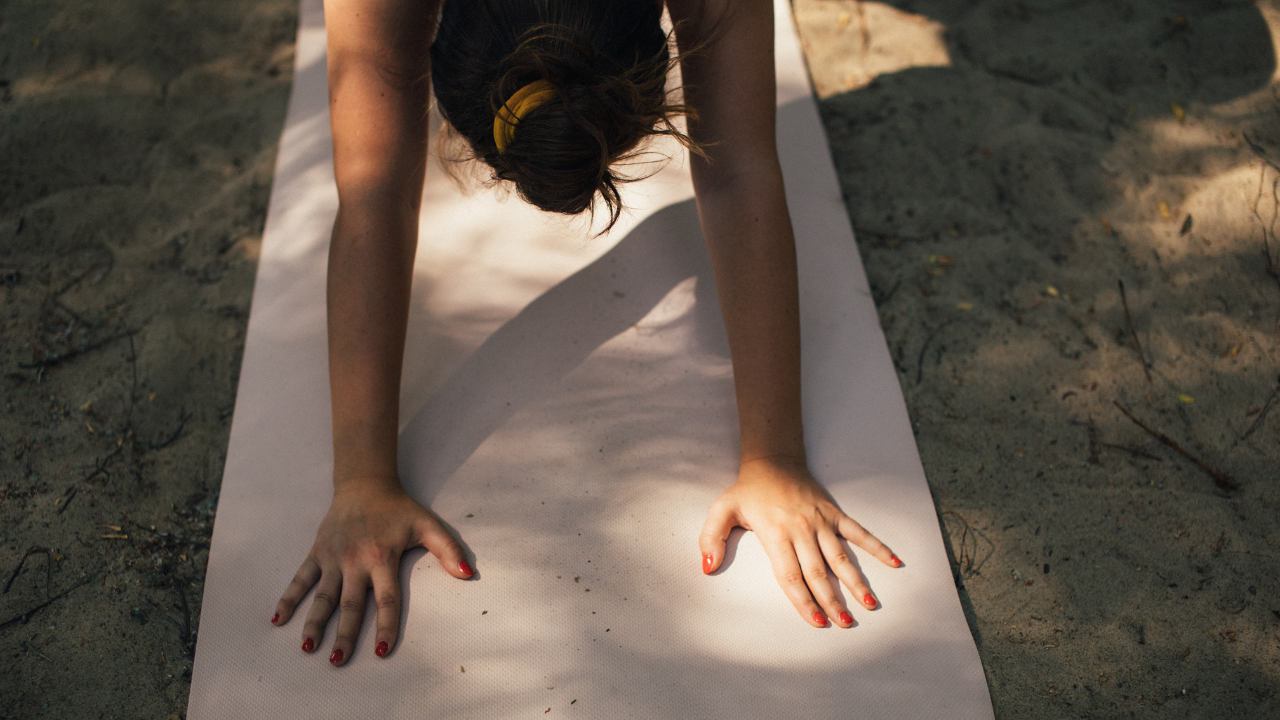
Pleasure yoga is a body-led movement practice that centers internal sensation as the guiding principle of every posture and transition. Instead of striving for the external shape of a pose, you attune to what it feels like inside the body, especially in the pelvic floor, womb space, and fascia where emotion and arousal are stored.
Pleasure yoga integrates techniques from hatha yoga (the physical postural tradition), yin yoga (long holds and myofascial release), and tantra (which honors the body as a sacred vessel of consciousness).
The Philosophy of Pleasure in Yogic Lineage
In early Indian philosophy, pleasure (kāma) was one of the purusharthas, the four aims of human life, alongside dharma (duty), artha (material prosperity), and moksha (liberation). Kāma was seen as a valid and essential pursuit, the enjoyment of beauty, touch, intimacy, and sensory life.
In Tantric traditions dating back to the 6th–12th centuries, the body was the very medium through which consciousness was refined. Lineages like the Kaula and Trika schools of Kashmir Shaivism integrated emotion, desire, and even erotic union into their practices. Texts such as the Vijnana Bhairava Tantra (c. 8th century) include meditations on arousal, sound, breath-holding, and even orgasmic states.
When you dive into the history of yoga philospophy, you find that this practice has been morphed far from what was originally itnended for it.
Why Pleasure Matters For Feminine Well Being
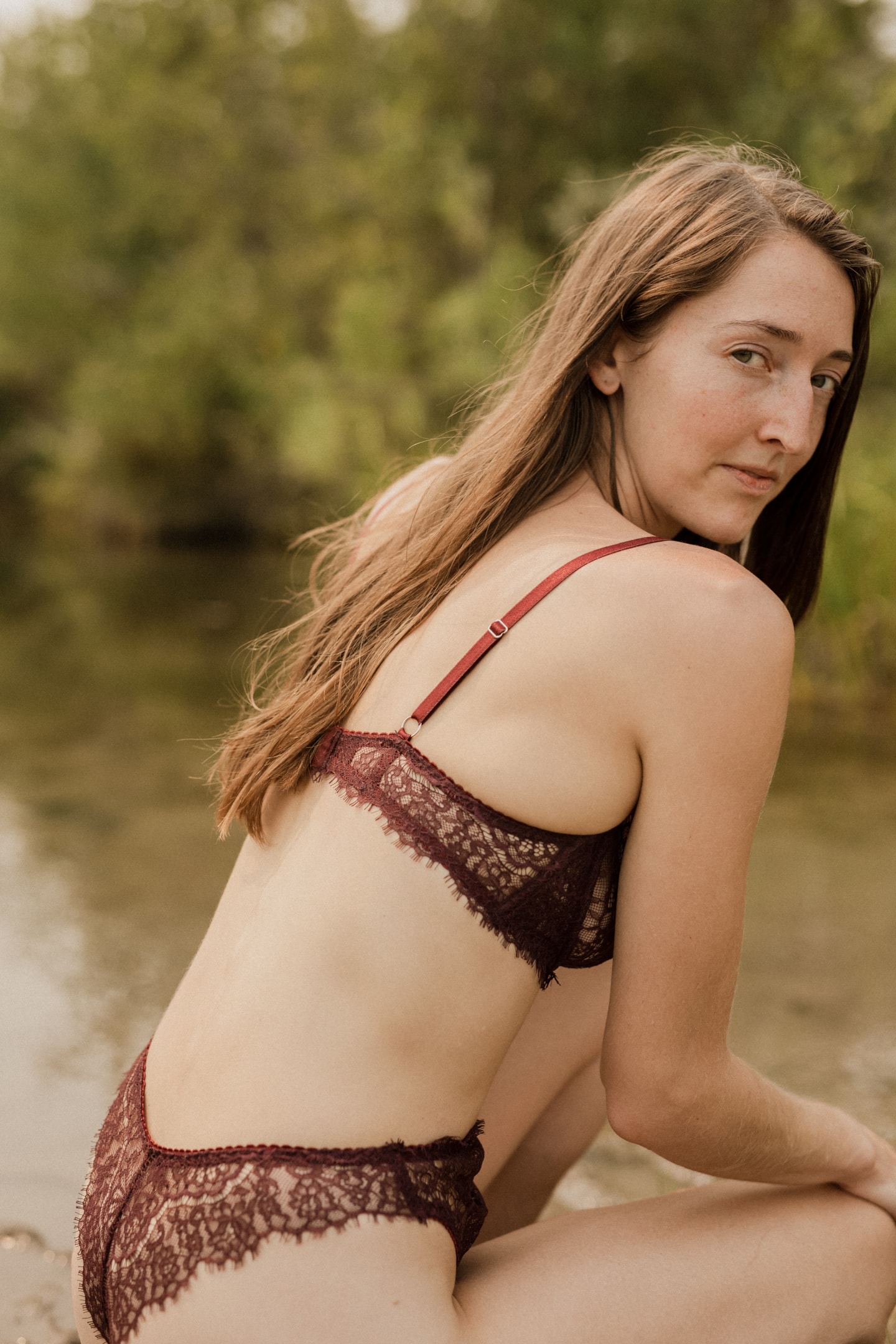
Pleasure is a neurological event that signals to the body that it is safe.
To understand why pleasure matters, we need to understand how the nervous system works, specifically the balance between two primary states: sympathetic and parasympathetic activation. The sympathetic state, often referred to as “fight or flight,” prepares the body to respond to perceived threats. It’s not inherently bad. In fact, it’s necessary for action and protection. But when a woman lives here her system never gets a chance to recover.
This is the baseline for many women, tight jaw, tight hips, shallow breath, numb pelvis, and a constant underlying pressure to be productive, attractive, composed, or in control. Even her yoga practice may mirror this, full of linear sequences, breath retention, alignment cues, and subtle self-criticism. The body is there, but it’s being managed, not felt.
Pleasure yoga disrupts this pattern because it prioritizes parasympathetic dominance. This is the “rest, digest, repair, receive” state of the nervous system. In this mode, blood flow returns to the reproductive organs and the vagus nerve softens the face, chest, and cervix. Emotional fluidity reawakens, and the body becomes available for connection with itself.
Pleasure in this context is about interoception, the ability to sense what’s happening inside your own body. Interoceptive awareness is often disrupted by trauma and stress. The more a woman has had to override her feelings to survive, the less she may be able to feel herself at all.
Women who have experienced trauma often present with what’s called “functional freeze.” They may look fine, show up on time, hold conversation, do yoga, but inside, their nervous system is in shutdown.
Pleasure yoga reintroduces sensation on the body’s terms. Breath, movement, and micro-adjustments are used to invite the body back online. When a woman finds a movement that feels good, not performative, she’s actually creating new neural pathways and letting her nervous system truly enter a state of relaxation.
Core Principles of Pleasure Yoga

1. Focus in Sensation
Every pose is optional. In pleasure yoga, there are no gold stars, there’s no ideal shape. The only goal is to feel.
Even in a “relaxing” yoga class, the impulse to do it right can override the body’s real-time feedback.
2. Breath Is the Portal
In pleasure yoga, breath is the central gateway into sensation and nervous system repair.
Deep belly breathing activates the parasympathetic system and connects you to your core. Breath into the pelvic floor stimulates blood flow to the cervix, clitoris, and vaginal canal.
Audible exhales, pelvic breathing (inhaling into the hips, exhaling through the yoni), and soft, rhythmic breath become tools of self-regulation and turn-on. Breath leads everything.
3. More Movement
In most yoga traditions, the teacher cues and the student follows. Pleasure yoga has a different approach where the body initiates, and the movement follows the message.
The motion is fluid, instinctive, and often strange-looking to the outside eye. But internally, it speaks the truth. This is the body speaking in its own dialect.
These movements can shake loose emotion and can surface buried arousal. The more a woman follows the path of what feels good, the more she uncovers her body’s actual needs.
4. Sound is Release
In most yoga spaces, silence is sacred. In pleasure yoga, sound is sacred.
The voice is one of the most direct ways to release held tension in all areas deeply affected by trauma and control.
The vagus nerve runs from the brainstem to the cervix and sound activates this nerve. That means your moan can literally soften your cervix or your cry can discharge emotional residue that’s been stored for years.
5. Emotions are Welcome
Pleasure yoga wants you to stay with whatever shows up.
When the body finally feels safe, various supressed emotional states rise to the surface. Instead of containing or controlling emotion, pleasure yoga allows it to move. When you give your body permission to feel, you give your entire system permission to process.
Creating a Pleasure Yoga Practice at Home
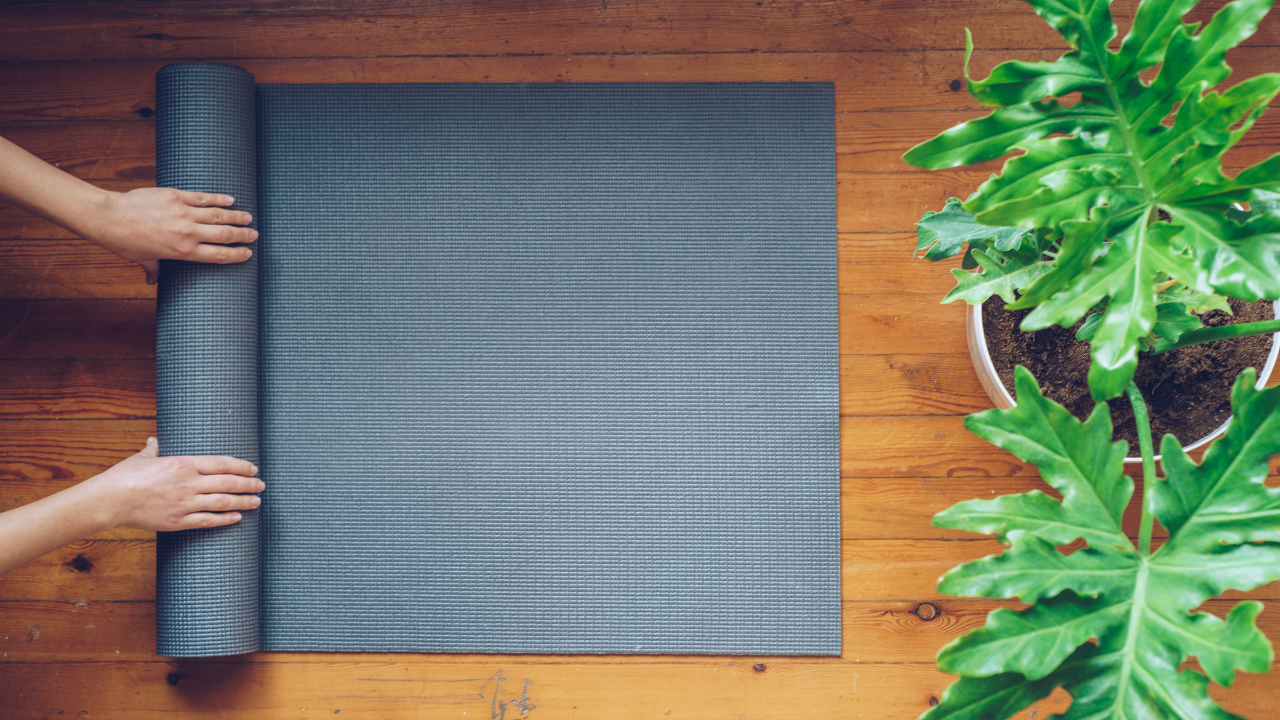
1. Prepare the Environment
The body won’t open if it doesn’t feel safe. That means the first step is setting conditions where your system can soften its guard.
-
Lighting: Low or warm lighting communicates to your nervous system that nothing urgent is expected. Natural light during the day or candlelight in the evening are ideal.
-
Temperature: Keep the room warm. Cold tightens fascia and reduces blood flow to the pelvis and limbs, both of which are essential for interoception and arousal.
-
Sound: Choose music without rigid tempo. Organic, droning, textured sounds (think cello, bowls, low vocals, ambient rhythms) allow the body to move outside linear time.
-
Remove visual cues of performance: Cover mirrors. Remove clutter. Turn off harsh lights. These subtle signals keep the body in “outside gaze” mode rather than felt experience.
2. Start with Breath + Pelvic Swelling (5–7 Minutes)
Lie on your back or sit on your knees. Hands on lower belly and chest or womb and throat. Begin with a long, slow inhale into the belly. Feel the pelvic bowl expand in all directions, front to pubic bone, sides to hip crests, back to sacrum.
Exhale with sound. Mouth open. Let the exhale be audible, like a wind through your body.
Now begin to swell your hips side to side, like they’re floating in water. Keep the movement slow enough that sensation can surface. Most women move too fast to feel what’s real.
Optionally, add pelvic floor engagement:
-
Inhale: relax the yoni.
-
Exhale: gently squeeze and lift the vaginal canal (drawing upward like sipping a thread).
-
This stimulates blood flow to the cervix and engages the deepest layers of the pelvic floor (levator ani), where trauma and numbness often live.
Repeat for 5–7 minutes.
3. Select A Few Movements Your Body Wants
-
Child’s pose with wide knees, hips circling, and inner thighs slowly pressing together and apart. Add sound.
-
Reclined butterfly pose with hands on the inner thighs and a slow rocking of the knees, like wings opening and closing.
-
Seated pelvic tilts, but with no fixed pace, let the tailbone lead and trace a circle inside your sacrum.
-
Supported bridge with a block or pillow under the sacrum, breath flooding the cervix and low belly.
Stay in each shape longer than you normally would.
4. Integrate Touch, Voice, and Spontaneous Response
Once breath and movement are established, begin adding sensory tools:
-
Touch: Massage your breasts slowly. Notice the texture, temperature, tenderness. Massage your inner thighs, pubic mound, or lower belly. Use oil if helpful. This increases oxytocin and blood flow to the vulva and uterus. I love to use my pleasure wand all over my body here as it acts as a massage tool that brings different levels of pleasure and sensation.
-
Voice: Moan. Hum. Let out low, guttural sounds. The vocal cords and pelvic floor mirror each other neurologically. Sound activates the vagus nerve, helping discharge stress and increase pelvic oxygenation.
-
Response-based movement: If you feel heat rising, follow it. If your hips want to pulse or tremble, don’t hold back. Dance, sway. Crawl. Let your body tell you where to go next. Trust instinct over structure.
If arousal begins to build, stay with it. You don’t need to orgasm. You also don’t need to shut it down. Let arousal circulate without needing to resolve it. If you want to be guided through this, watch this video of one of my favorite pleasure yoga routines.
5. Close With Integration
End lying on your back or side. Place one hand over your womb, one over your heart. Inhale into the contact. Exhale with a softening sound. Let your body settle.
Optionally, track any lingering heat, buzz, emotion, or sensation. Notice if parts of your body feel more online.
Optional Enhancements I Love To Use
Yoni Eggs
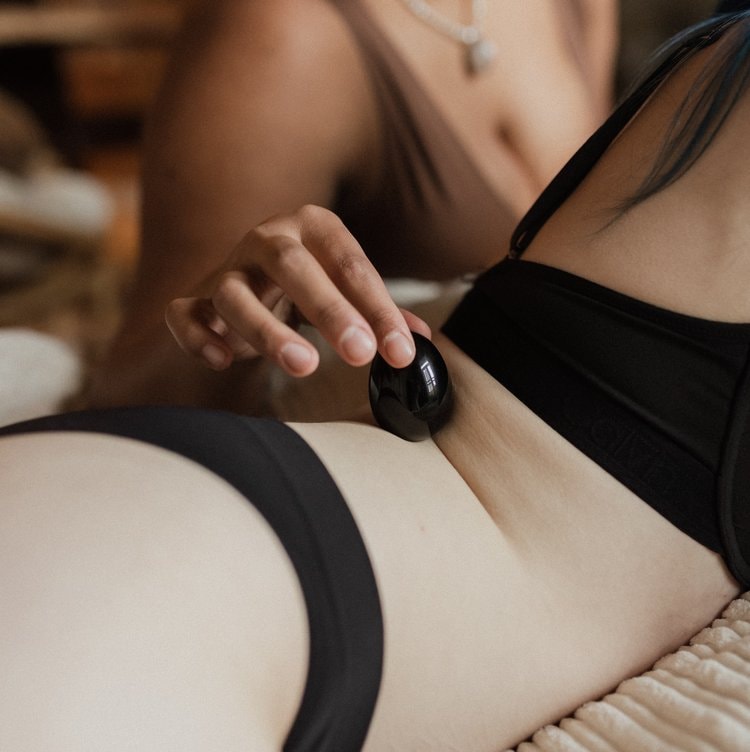
The yoni egg is one of the most powerful tools for bringing internal awareness into a pleasure yoga practice. Use your egg after breathwork or before movement. Lie down and insert it with slow, intentional breath. Take a few minutes to simply notice how your body responds, without trying to clench, squeeze, or do anything.
During practice, the egg can stay inside if your movements are slow, grounded, and non-jarring. As you rock, pulse, spiral, or breathe, the egg provides subtle feedback, awakening sensation in the cervix, vaginal walls, and pelvic floor.
It's particularly helpful during hip-openers, pelvic tilts, or seated spirals where you can stay low and deeply connected. It also supports emotional access, as tension in the vaginal canal often mirrors suppressed emotion or stored grief.
Pleasure Wand
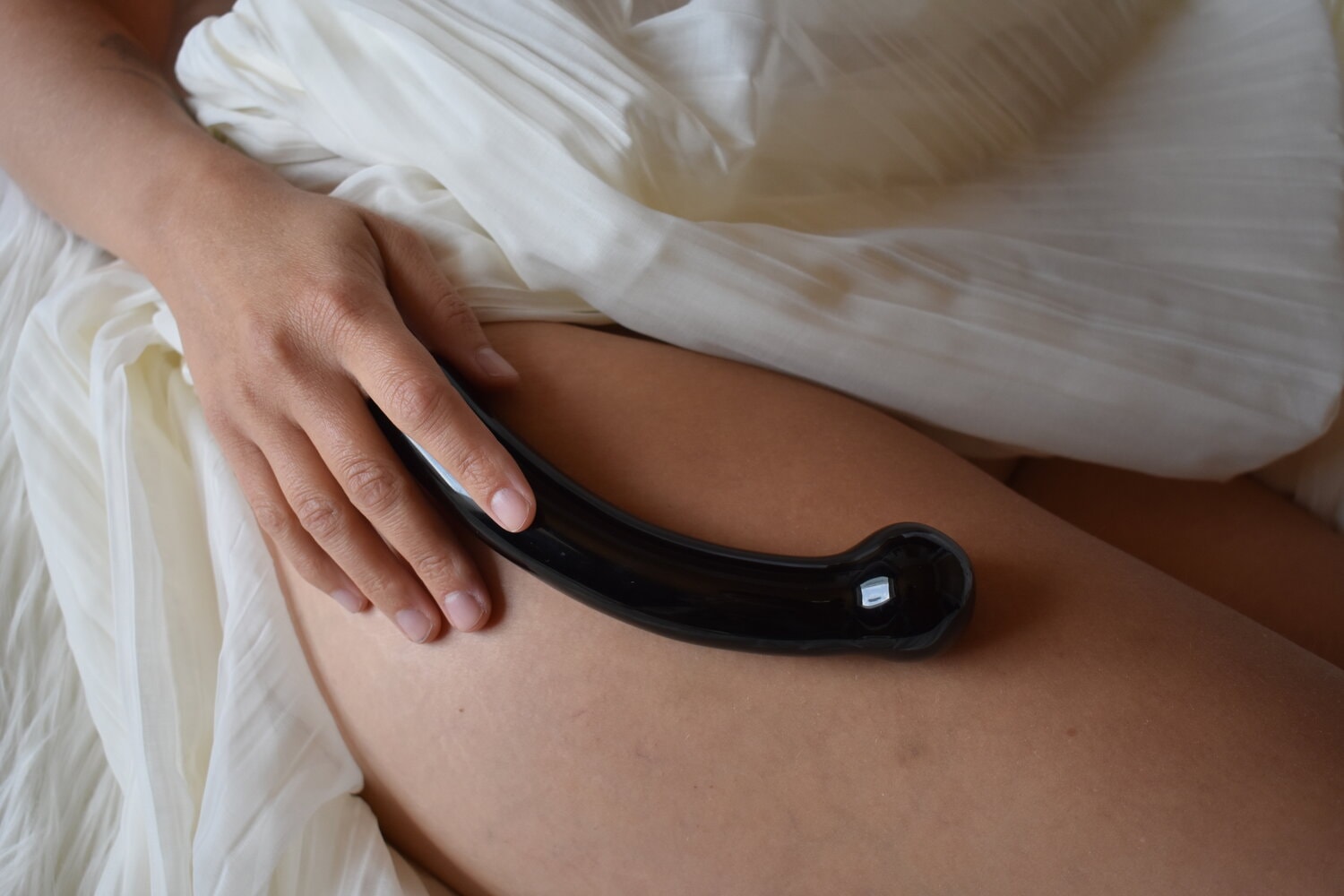
The pleasure wand works beautifully as a warm-up before your yoga practice, or as a direct way to awaken internal sensation when your system feels flat.
Before practice, use the wand in a quiet space. Begin with slow external touch around the vulva, inner thighs, and labia. Then insert gently and breathe with it to activate feeling. Many women use it to release internal tension in the vaginal walls, especially near the cervix or at the back of the yoni where the pelvic floor tends to grip or hold.
You can also use the wand during practice, especially in reclined or supported positions. Try placing the wand inside while lying in butterfly pose or a gentle supported bridge.
Conclusion
I think many of us have lost touch with the pleasure potential and natural fluidity that yoga was originally designed to awaken. We show up to class with our hair and makeup done while trying not to be called out for doing a pose wrong or looking awkward. But that same pressure to get it right keeps us from dropping into ourselves.
Pleasure yoga is an invitation to let go of that performance, and to step away from the idea that yoga has to look a certain way, feel a certain way, or meet certain expectations.
I invite you to recreate your practice. Let it be messy. Let it be nonlinear. Let it be yours.
Frequently Asked Questions
Pleasure yoga is a yogic practice that centers the felt sense of the body over the external appearance of a pose. Rather than striving for alignment or chasing performance, this form of yoga invites you to reconnect with breath, movement, and sensation in a way that feels pleasurable.
While no yoga guarantees climax, certain forms of asana practice and breath-led movement can support the body in becoming more open, responsive, and sensually alive. Pleasure yoga is especially effective for women looking to reconnect with their sexual energy because it emphasizes pelvic breathing, womb awareness and slow, instinctual motion.
That “stoned” feeling after yoga is the body returning to parasympathetic regulation, also known as the “rest and digest” state. In most people’s daily lives, the nervous system is constantly activated, tight, anxious, and bracing against demands. During a yoga practice, especially one that includes slow breath, mindful movement, and somatic awareness, the nervous system has a chance to reset.
The body enters a non-ordinary state of consciousness, where time dilates, craving dissolves, and you may feel a wave of intense joy, calm, or pleasant spaciness. This altered state is also common in pleasure yoga, where movement is non-linear and the breath is the foundation.





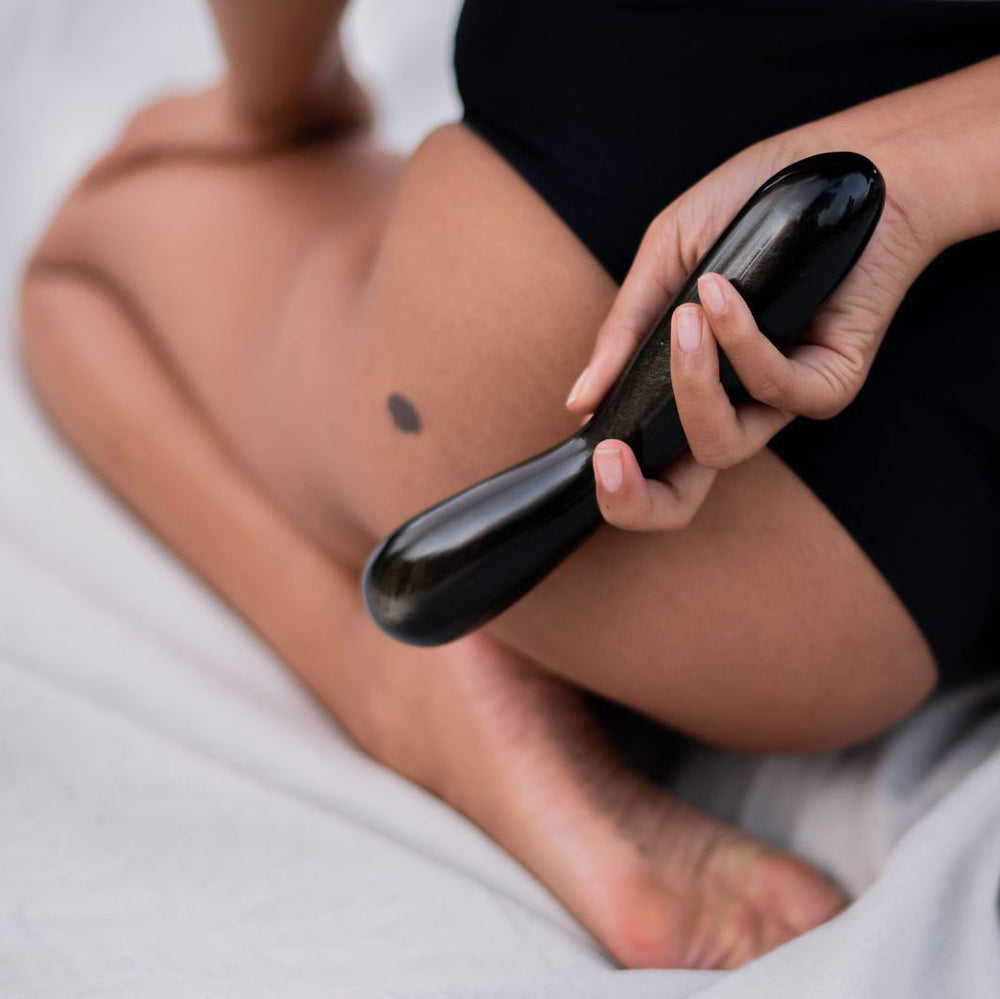
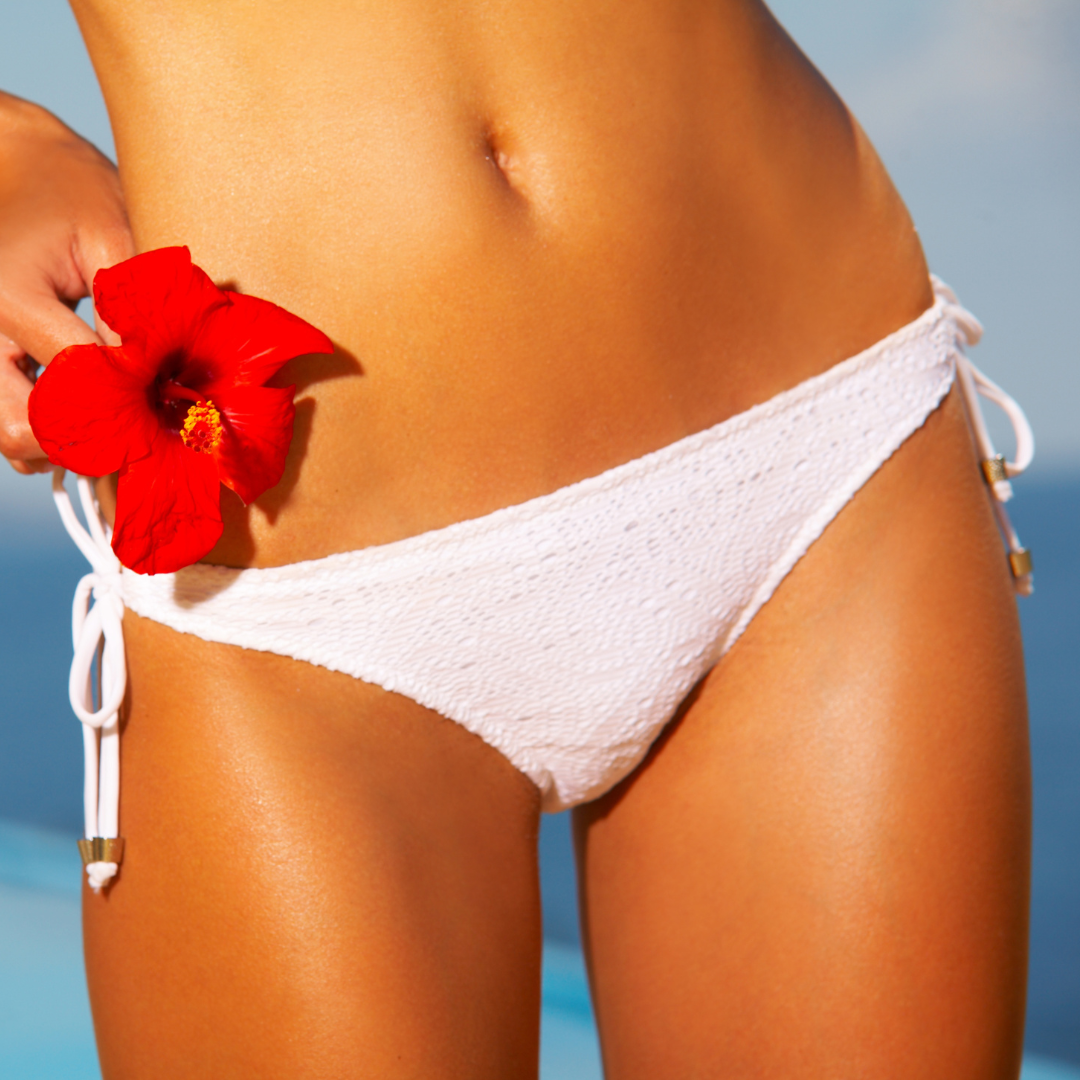
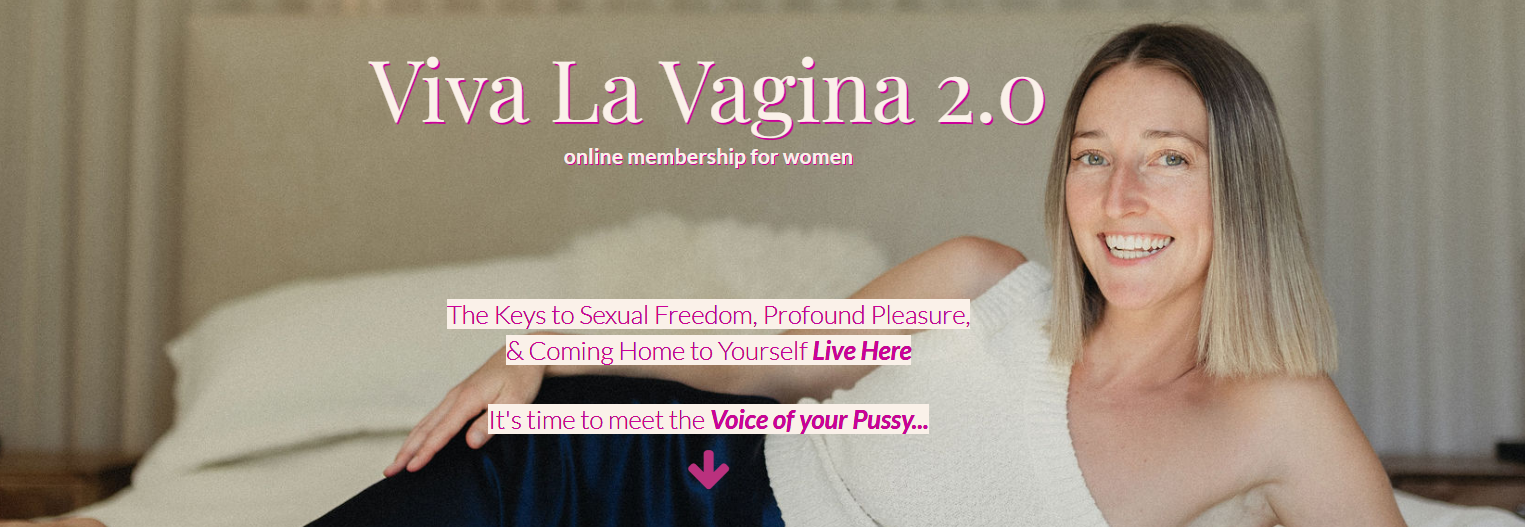
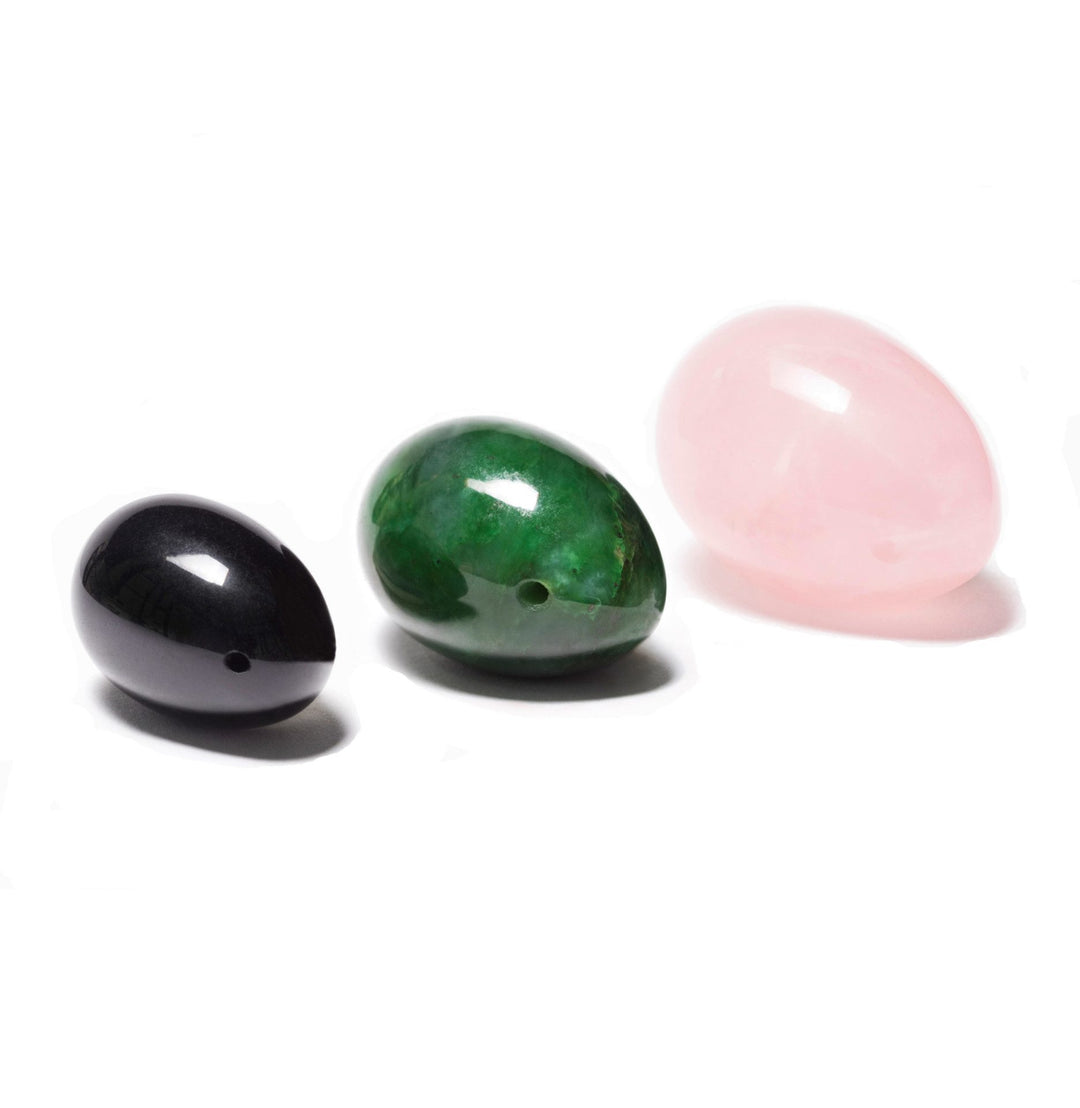
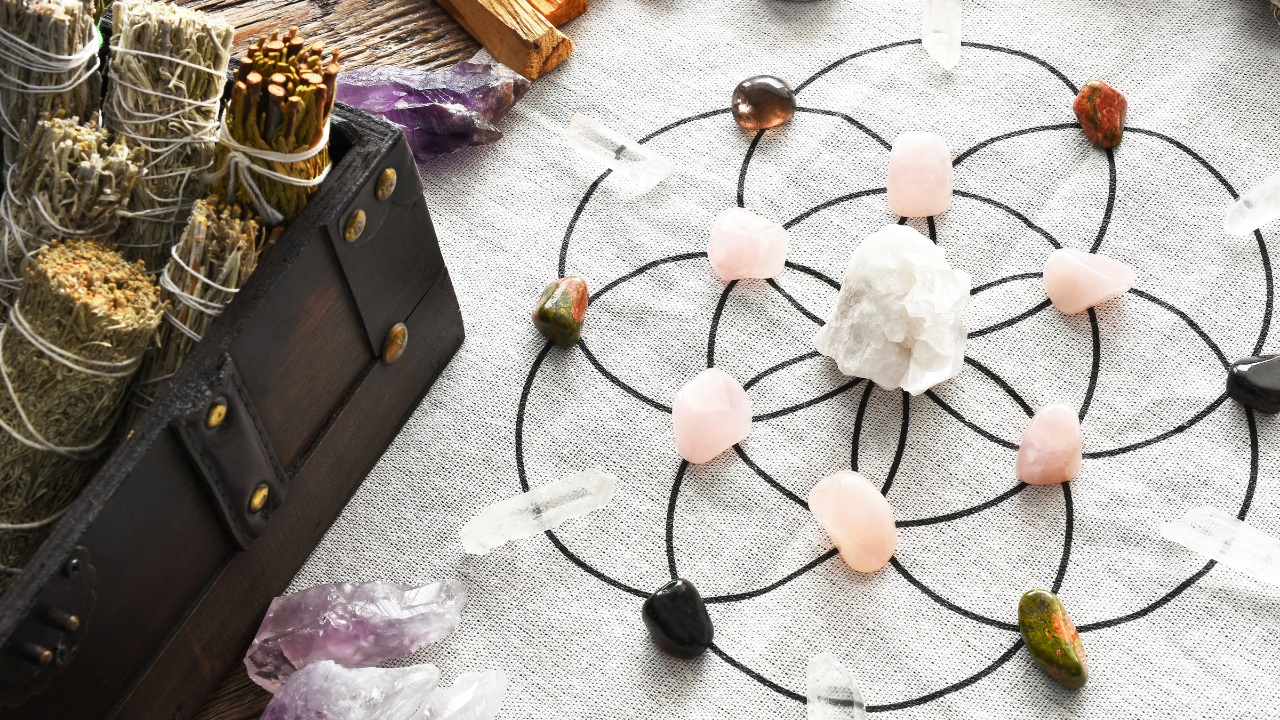
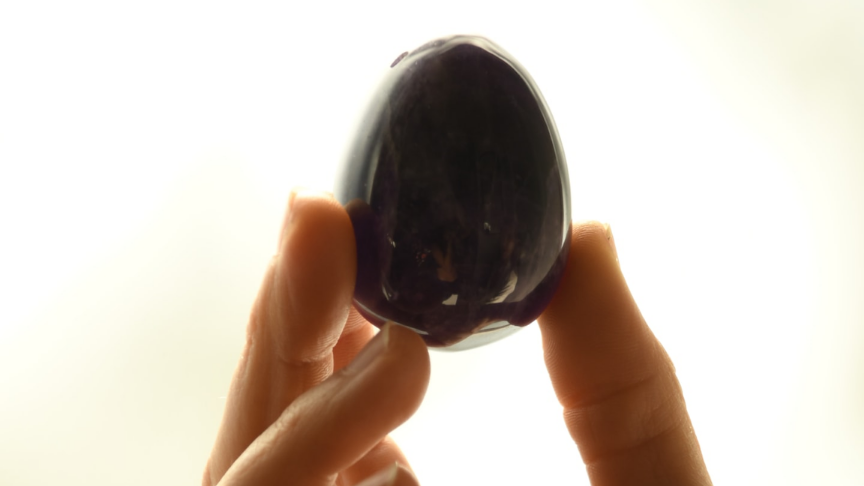
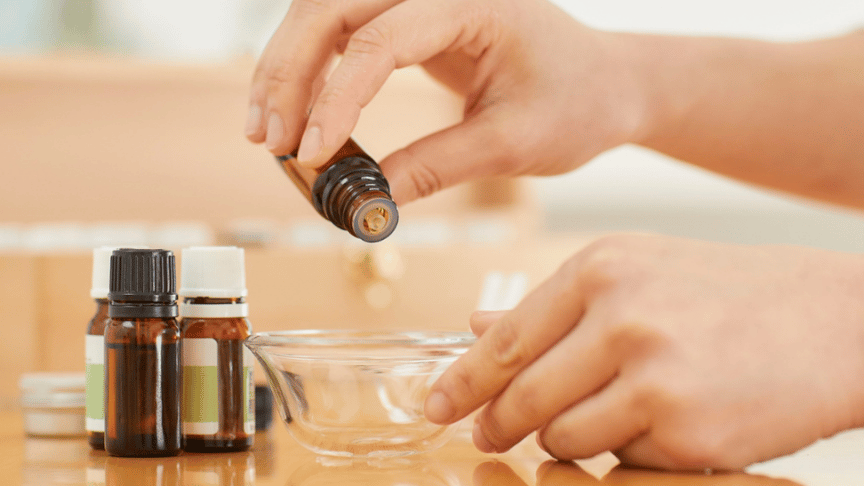
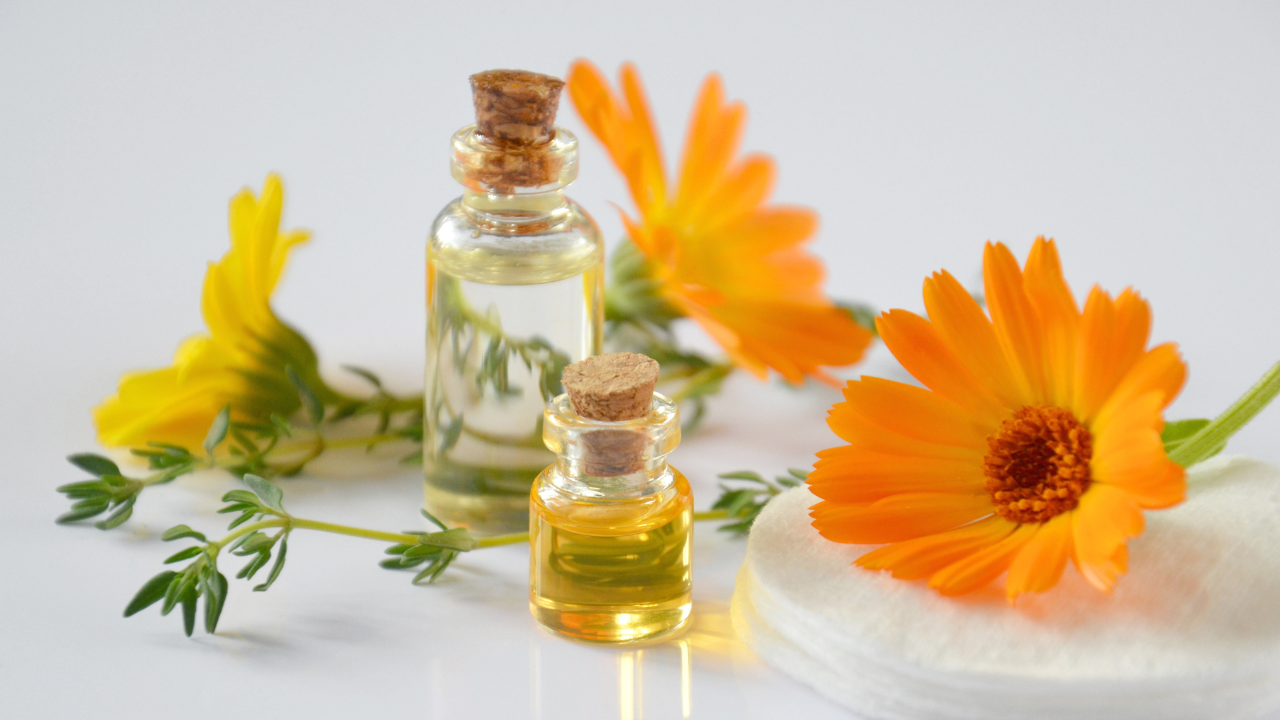
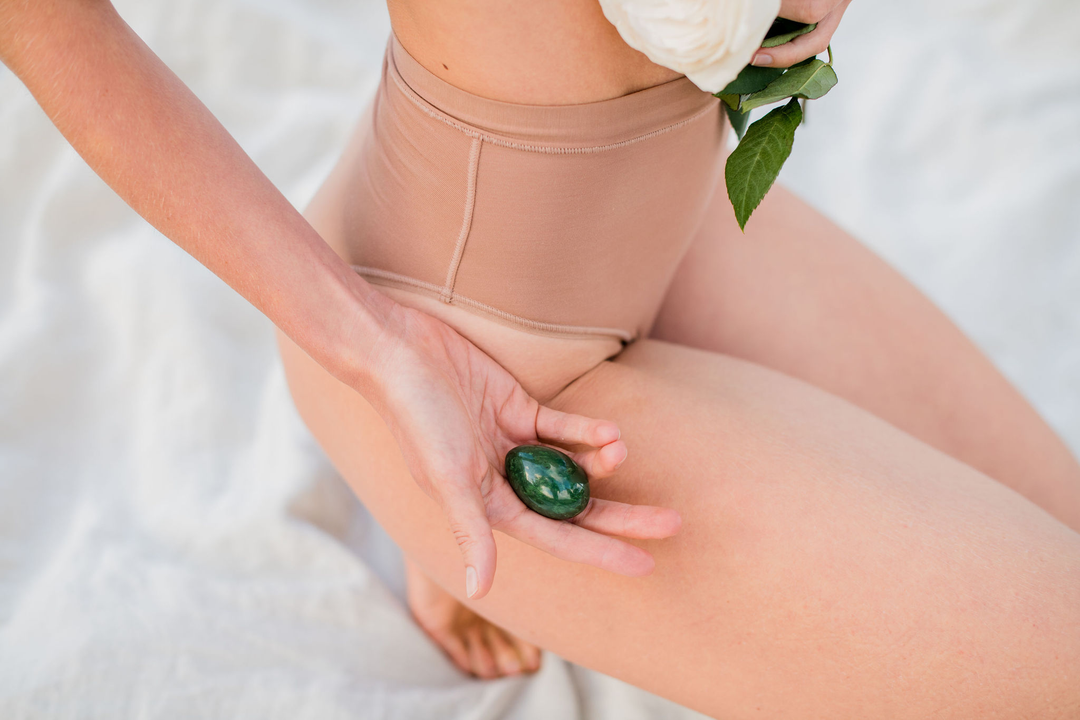
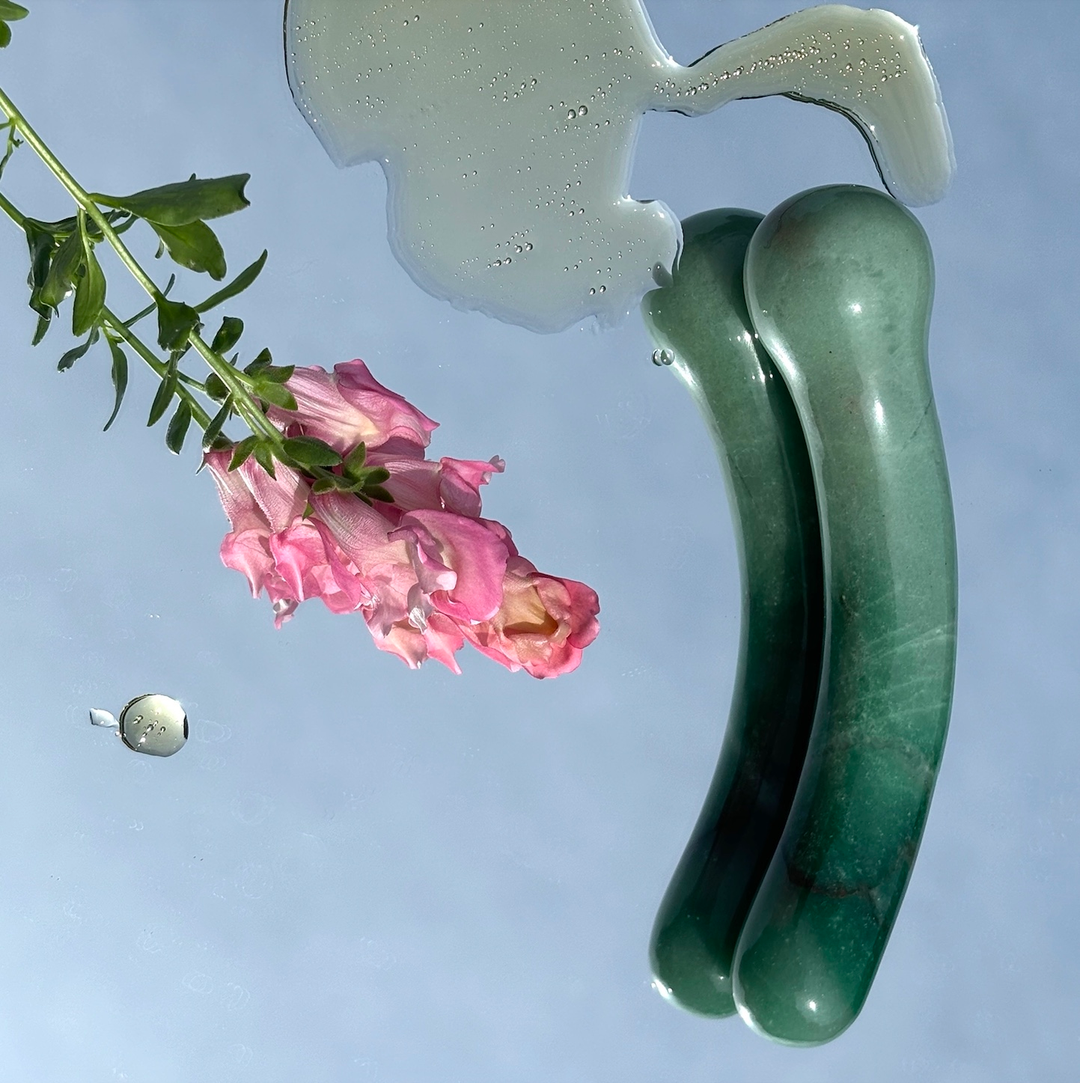
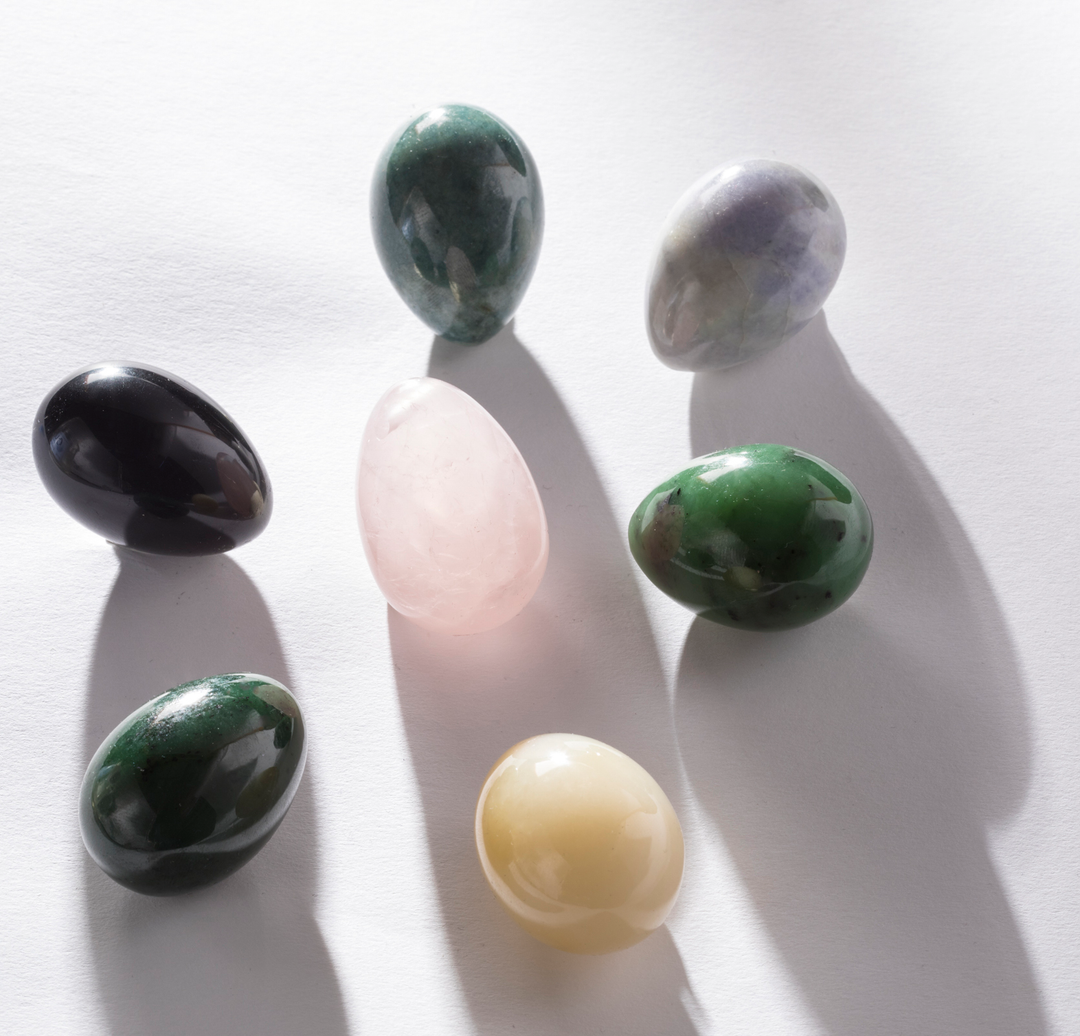
Leave a comment